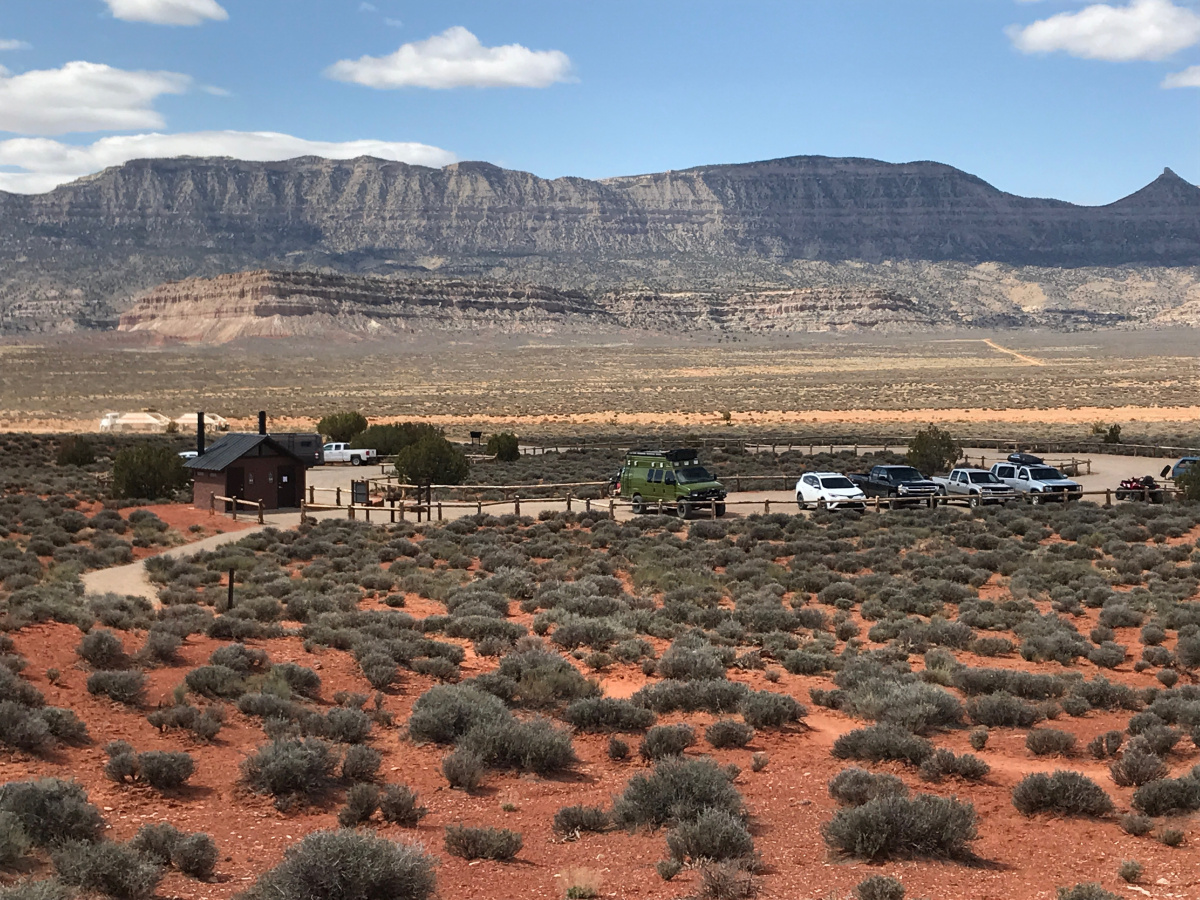Related Stories
- BLM’s Agua Fria National Monument is a worthwhile destination on your winter bucket list
- Celebrating Winter Solstice 2025 at the Meadowood SRMA
- Popular posts: BLM's most viewed blogs of 2025
- Take a First Day Hike on Your Public Lands
- Historic Umtanum Suspension Bridge wins international footbridge award
Office
669 S. Highway 89A
Kanab, UT 84741
United States

